How Norway Contributed to Japan's Most Popular Sushi
Sushi is something that is thought of as being exclusively Japanese. This is no surprise, since it has been one of their main sources of food for over 100 years. What might surprise you is the fact that one of the most popular forms of sushi served in Japan nowadays was actually not created in Japan at all.

The salmon used in sushi dishes in Japan is actually a product of a massively successful Norwegian marketing campaign in the late 20th century. Here is the story of how Norway contributed to create Japan’s most popular sushi.
Norway Salmon Farming Begins
While sushi might not be something that people think of as being Norwegian food, fish certainly is. After all, Norwegians have been eating fish since some of the very first settlers. Despite fish being a major component of a Norwegian diet for centuries, Norway did not begin commercial salmon farming until the 1970s.
By this point, residents of Norway had slightly transitioned to a diet that consisted more of red meat and wheat products rather than traditional fish. Therefore, the new loads of salmon being brought in from the fishermen were not being eaten nearly as fast as they used to be—which meant that Norwegian fishermen had a surplus of salmon on their hands.
This created a dilemma where Norway was in urgent need of finding a new source of individuals who would gladly purchase their overwhelming supply of salmon. Luckily, this urgent situation happened to align with Japan's own, less fortunate, fishing situation.
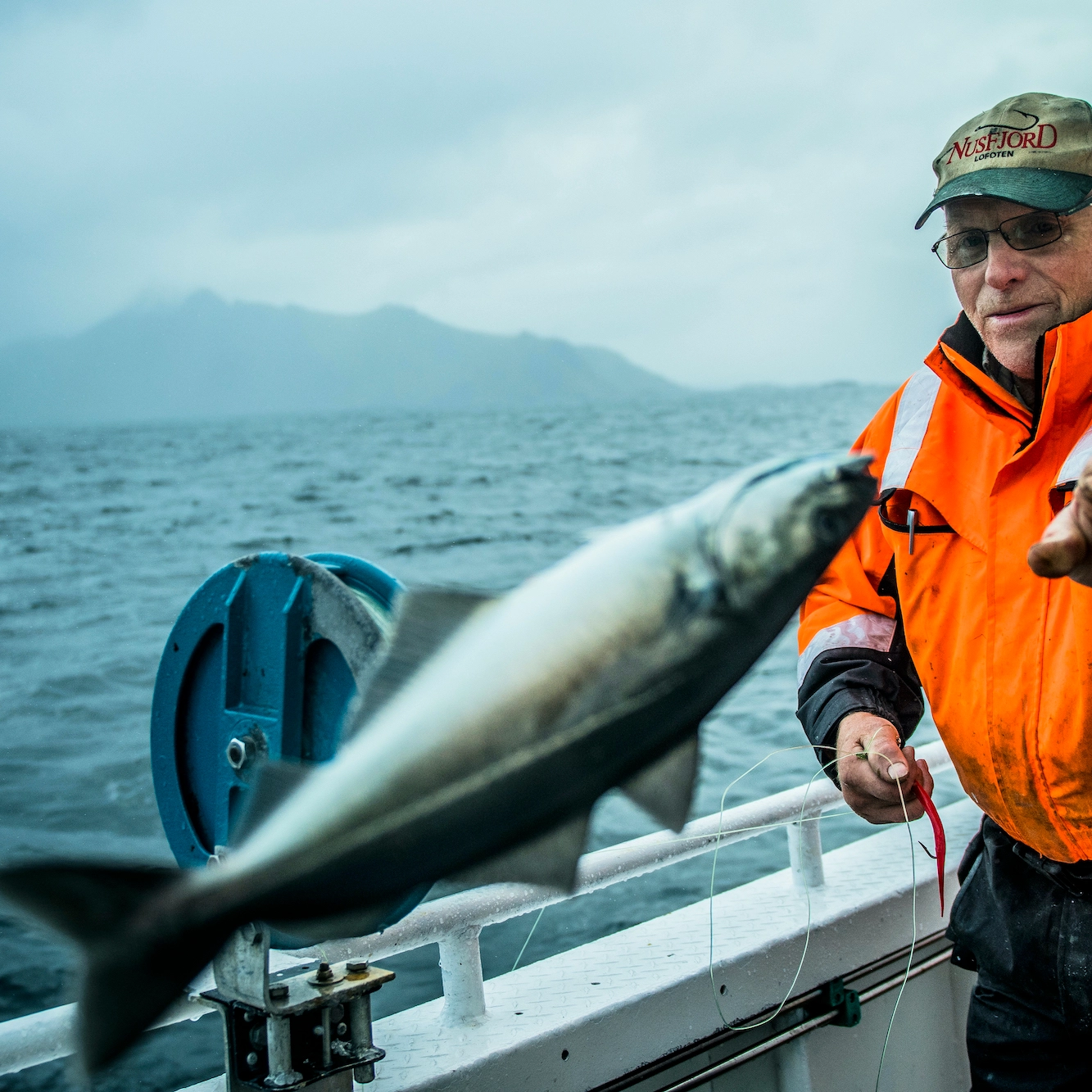
Japan’s Lack of Fish
For many decades, Japan had been a self-sufficient country when it came to their food supply. However, their largely unregulated fishing policies had left them without proper sustainability, which had fully caught up with them by the 1990s.
At this point, Japan had gone from a self-sufficient country to one that was only able to supply 50 percent of its total demand for fish. Therefore, they found themselves in a situation where they had to look for outside sources to supply them with the remainder of the fish that they needed.
Joining Forces
A visit to Tokyo in 1985 by Norwegian Fisheries Minister, Thor Listau, allowed him to see a Japanese market that was in need of a new source of fish. This led him to start a government initiative known as Project Japan. The goal of this campaign was to promote Norwegian fish in Japan to increase the amount and the price of the fish that they shipped overseas.
At the start of Project Japan, Norway was only exporting about NOK 500 million of fish to Japan every year. By 1991 that number had more than tripled thanks to the budding success of the government initiative.

Overcoming Japanese Predispositions Towards Salmon
Unfortunately, this introduction of Norwegian salmon to Japan was not a smooth transition. In fact, it took about 10 to 15 years before the demand for salmon really started to pick up throughout the country.
One of the main reasons for this was the fact that the only type of salmon that the Japanese people had consumed up until that point was cooked salmon. This is due to the fact that Pacific salmon, which is the only type that Japan had access to at that point, cannot be eaten raw. There are far too many parasites in Pacific salmon, which means that it needs to be cooked in order for the meat to be safe.
However, Atlantic salmon is much different, it does not contain any parasites and has much fattier meat. This makes it suitable for raw consumption, which was something that the Japanese first needed to become accustomed to before demand could take off.

One of the ways that the Japanese got around this issue was by giving the Atlantic salmon a new name, which was “sāmon.” From there, it took a few celebrity endorsements and a bit of luck in order to really ramp up demand for Norwegian salmon. Since then, salmon sushi has quickly become one of the most popular types of sushi in all of Japan and both the Norwegian salmon fishing market and Japanese fish supply have stabilized.
So while Sushi will always inherently be a Japanese dish, Norway has forever made its own mark on the sushi industry. To experience some Norwegian fish or some other fabulous Norwegian cuisine by yourself, check out one of our Norwegian Food Tours!
Food experiences in Norway
We offer several activities and experiences which include sampling Norwegian food and beverages. Here are some of our favorites.
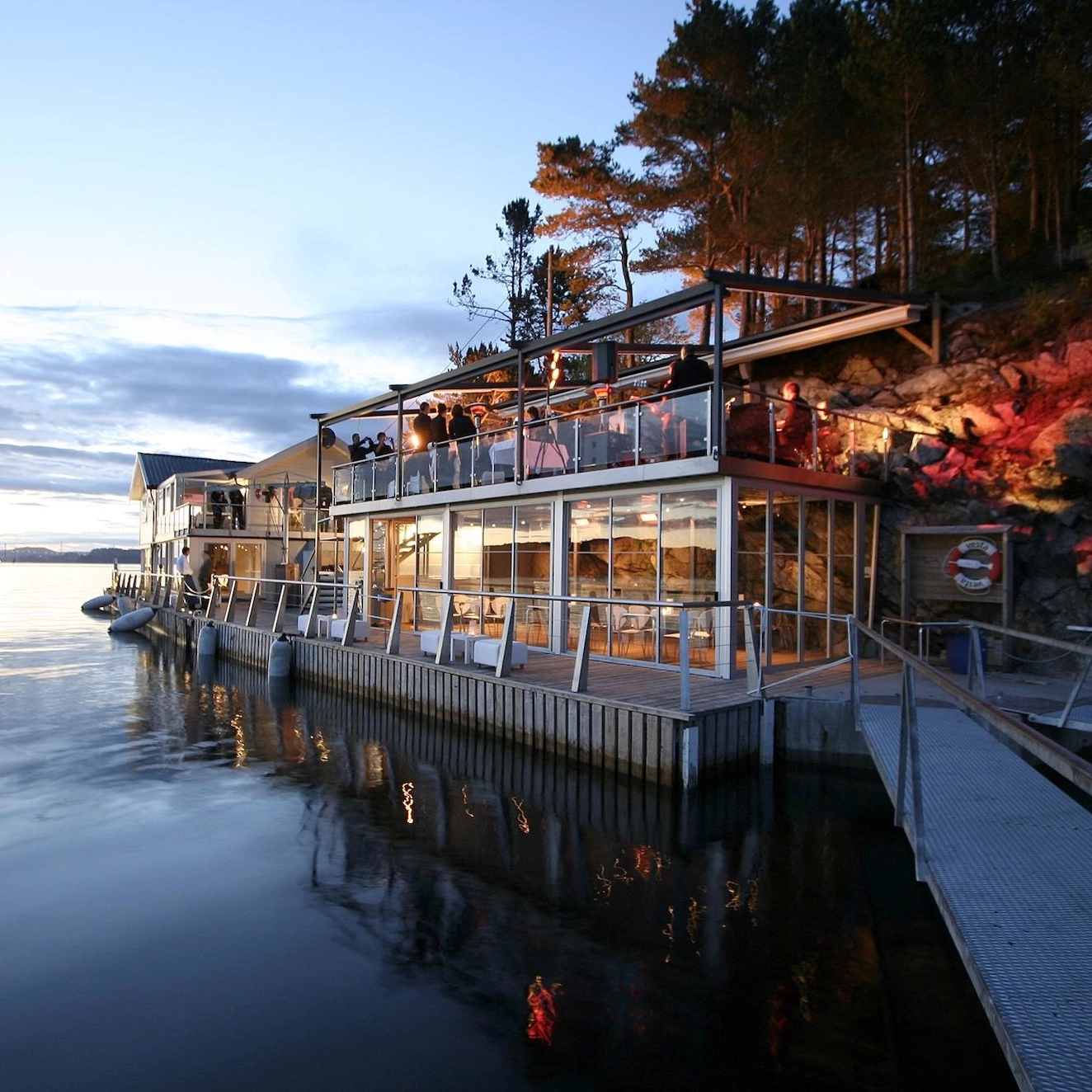
Fjord cruise and dinner at Cornelius
Bergen • 5 hr
From 1495NOK
Available all year

Hidden Gem in Flåm
Local food tasting in Flåm
Flåm • 1 hr
From 550NOK
Available 15 May - 15 October

Oslofjord Sunset Cruise with shrimp buffet
Oslo • 3 hr
From 659NOK
Available 8 May - 5 October
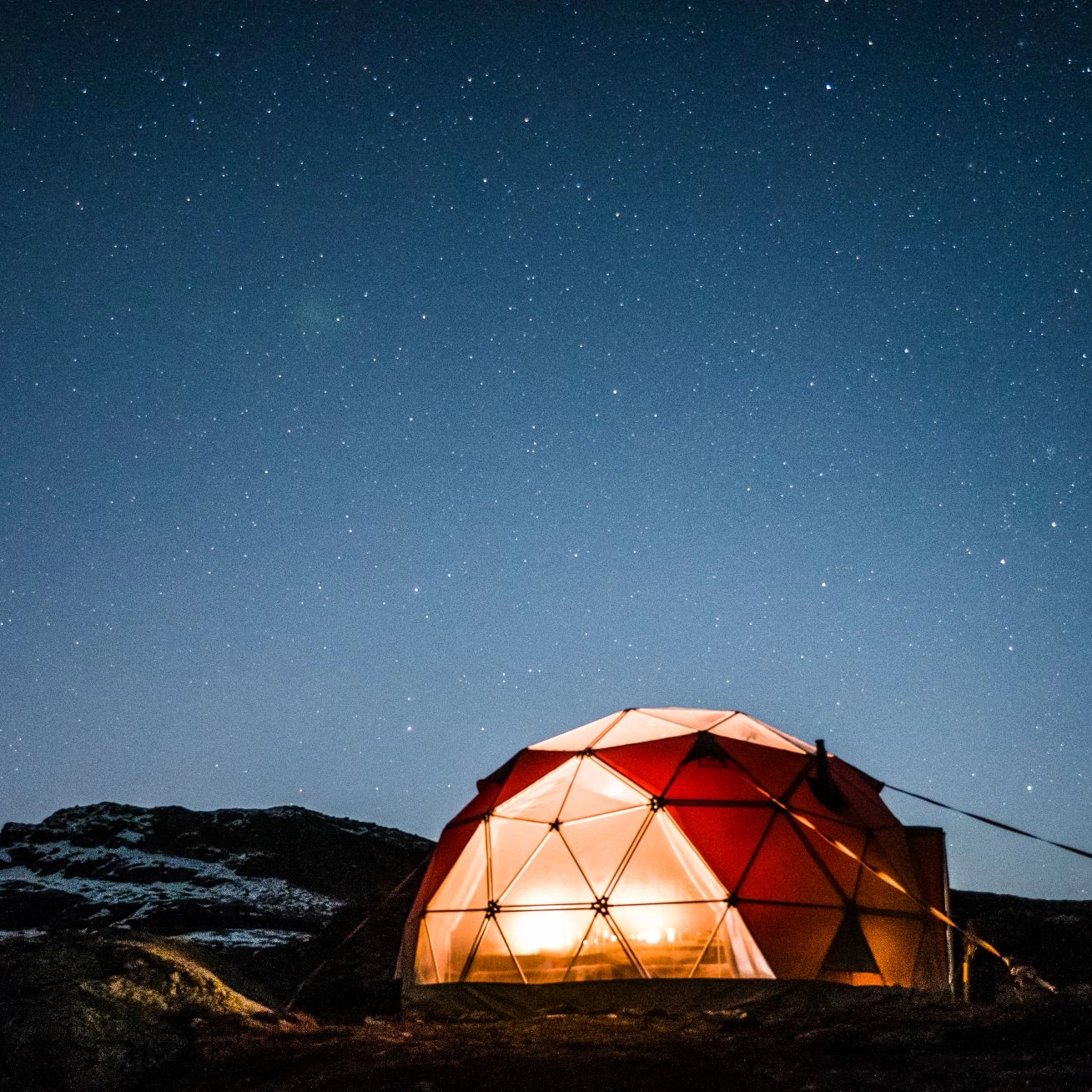
Glamping at Trolltunga
Multiple locations • 1 day 4 hr
From 4750NOK
Available 1 May - 1 December

Bestseller
Dinner cruise on the Oslofjord
Oslo • 2 hr 30 min
From 1290NOK
Available all year

Ulriken Gondola & lunch with a view
Bergen • 2 hr 30 min
From 1099NOK
Available all year

Geirangerfjord winter cruise
Ålesund • 9 hr
From 2550NOK
Available 1 November - 30 March
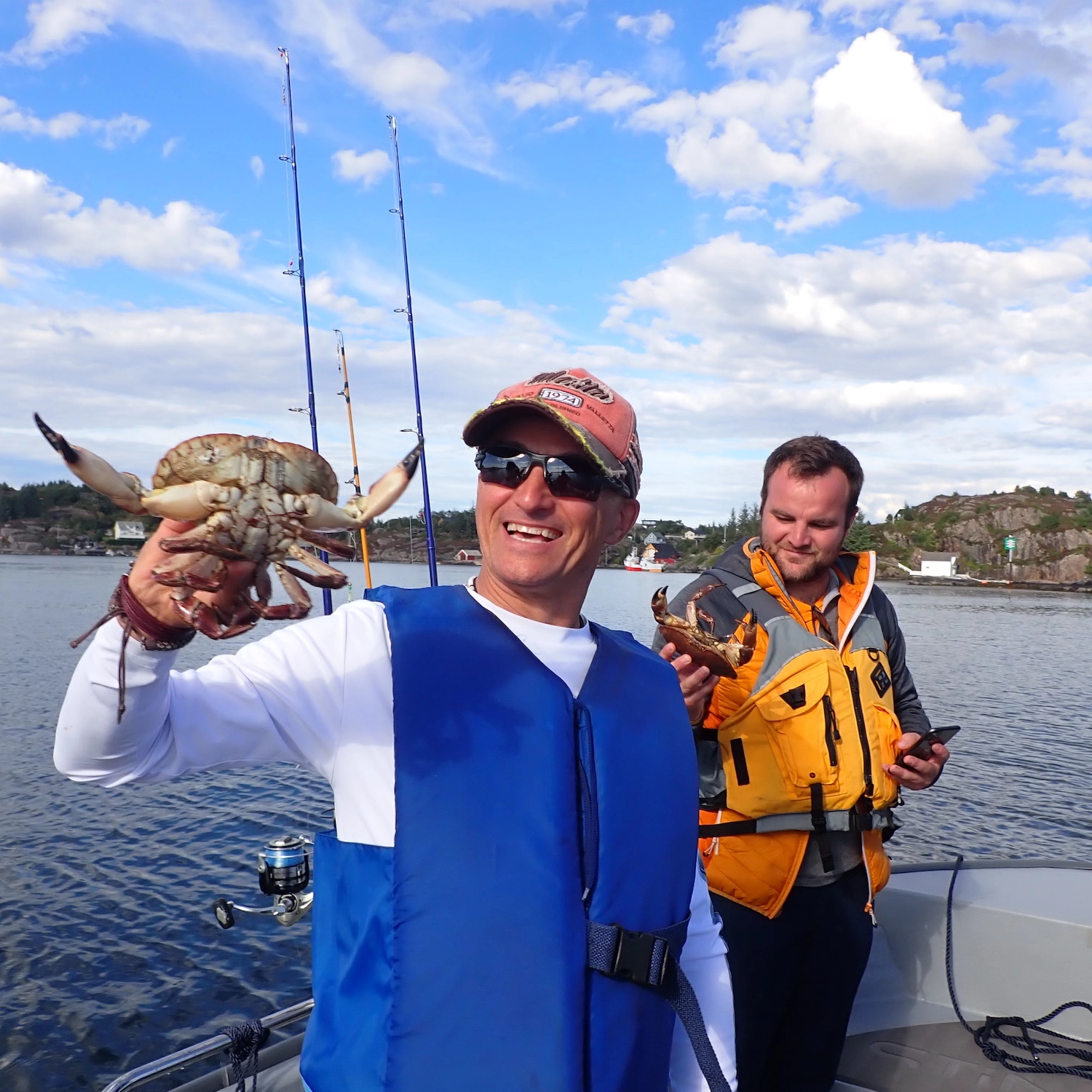
Travelers love this!
Fishing trip in Bergen
Bergen • 5 hr
From 2190NOK
Available 1 June - 17 August

Fjord cruise and dinner at Cornelius
Bergen • 5 hr
From 1495NOK
Available all year

Hidden Gem in Flåm
Local food tasting in Flåm
Flåm • 1 hr
From 550NOK
Available 15 May - 15 October

Oslofjord Sunset Cruise with shrimp buffet
Oslo • 3 hr
From 659NOK
Available 8 May - 5 October

Glamping at Trolltunga
Multiple locations • 1 day 4 hr
From 4750NOK
Available 1 May - 1 December

Bestseller
Dinner cruise on the Oslofjord
Oslo • 2 hr 30 min
From 1290NOK
Available all year

Ulriken Gondola & lunch with a view
Bergen • 2 hr 30 min
From 1099NOK
Available all year

Geirangerfjord winter cruise
Ålesund • 9 hr
From 2550NOK
Available 1 November - 30 March

Travelers love this!
Fishing trip in Bergen
Bergen • 5 hr
From 2190NOK
Available 1 June - 17 August
Articles about Norwegian food and cuisine
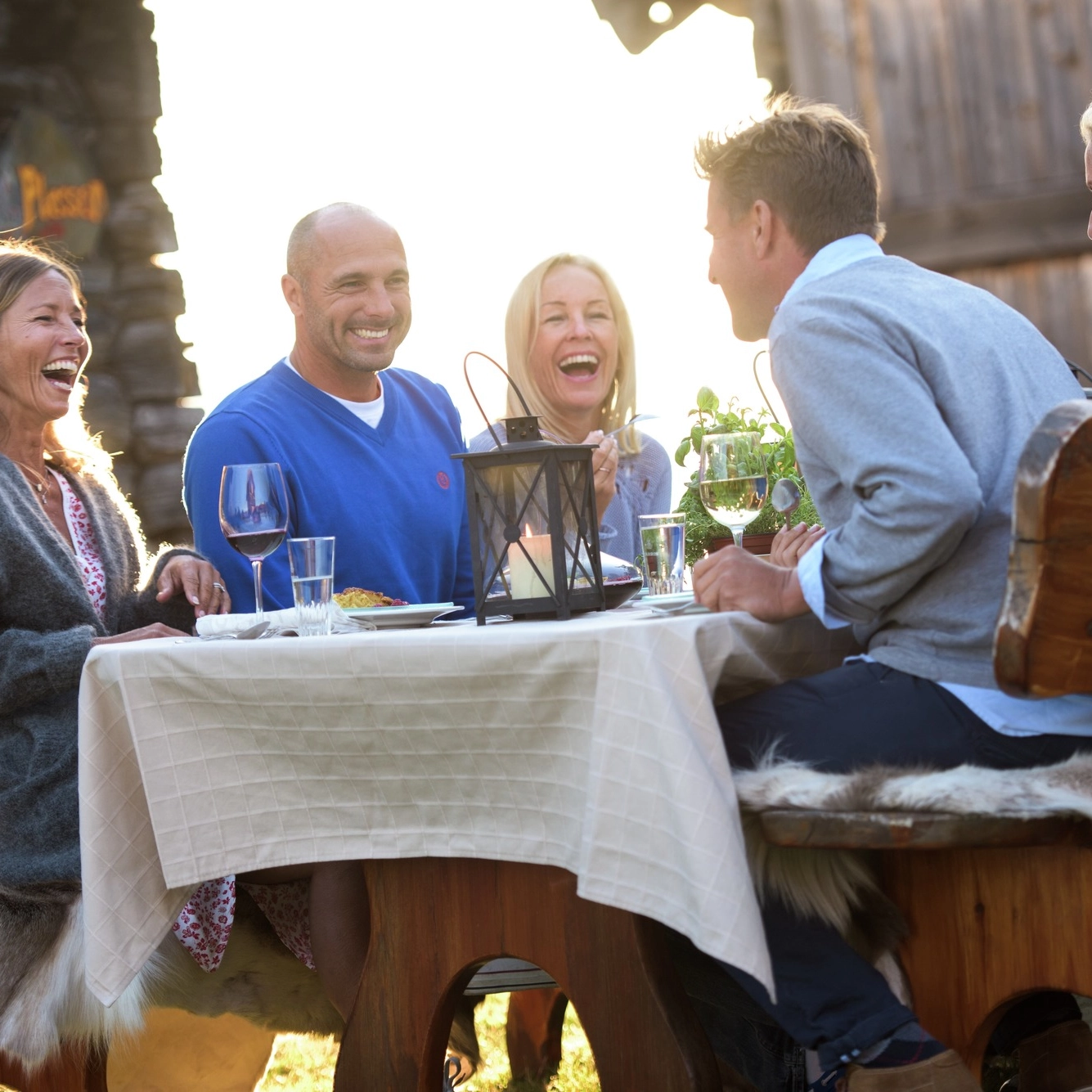
Traditional Norwegian food
Norway has a lot of interesting traditional food, and any travelers visiting Norway would do well to sample some of the local cuisines. Culinary traditions in Norway have been dominated by meat, fish, and seafood that could be hunted or caught. These days the Norwegian food space represents an interesting mix of old and new due to culinary influences from all over the world.
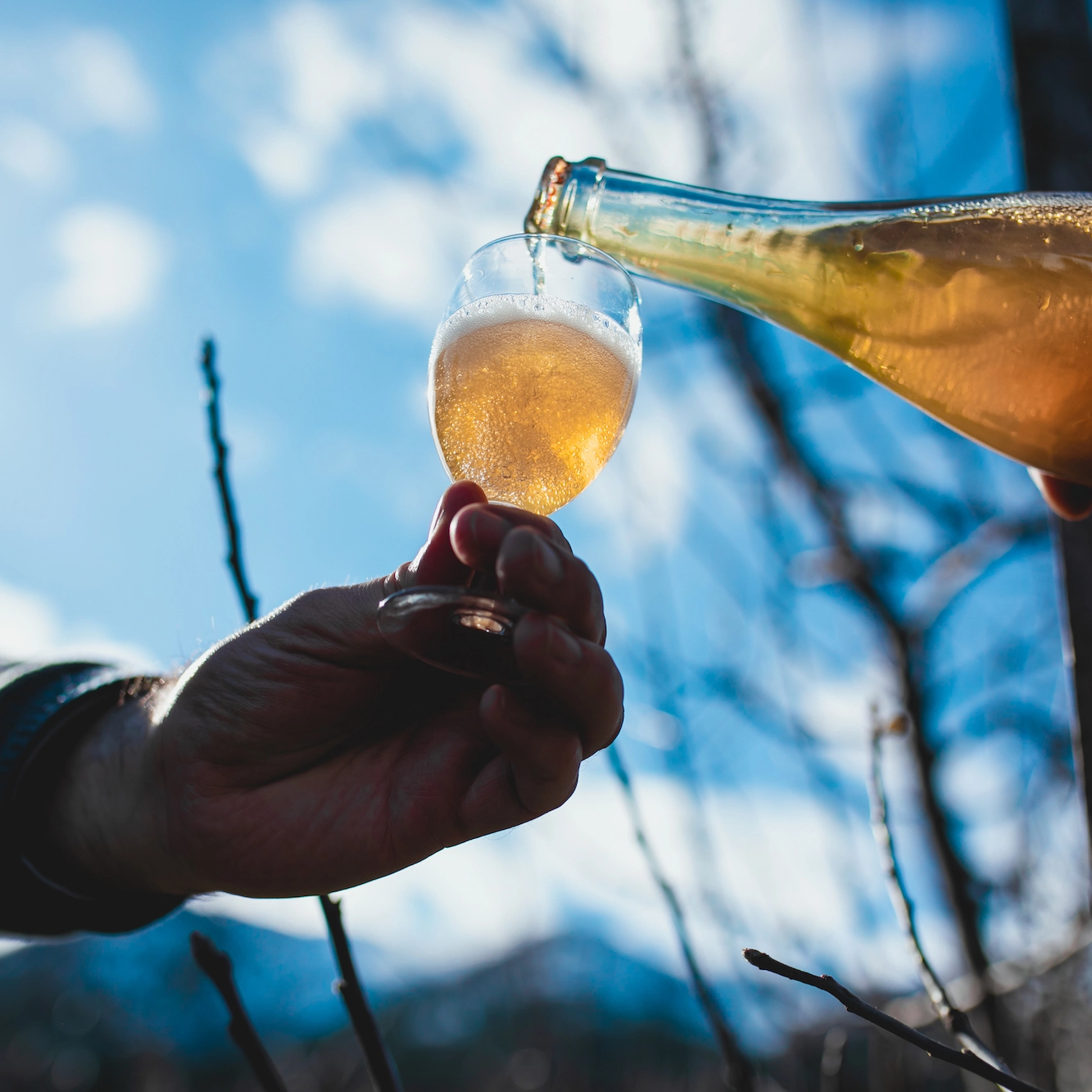
Norwegian cider’s rise in popularity
Cider brewing is a Norwegian custom that dates all the way back to the 13th century. However, once the Vinmonopolet or the Wine Monopoly came into effect, the practice largely died down. Despite this, Norwegians continued to brew cider in their homes and cellars. And now the drink is experiencing a surge in popularity yet again. If you’re a cider lover planning a visit to Norway, here’s everything you need to know!

Top 3 Norwegian recipes to try
If you are a foodie or even just a lover of barbecue, then you will definitely want to make sure that you take a trip to Norway to experience the incredible local cuisine in places like Bergen and Røros. To give you a small taste of the kind of culinary experience you will get in Norway, here are three top Norwegian recipes that you can easily make at home.
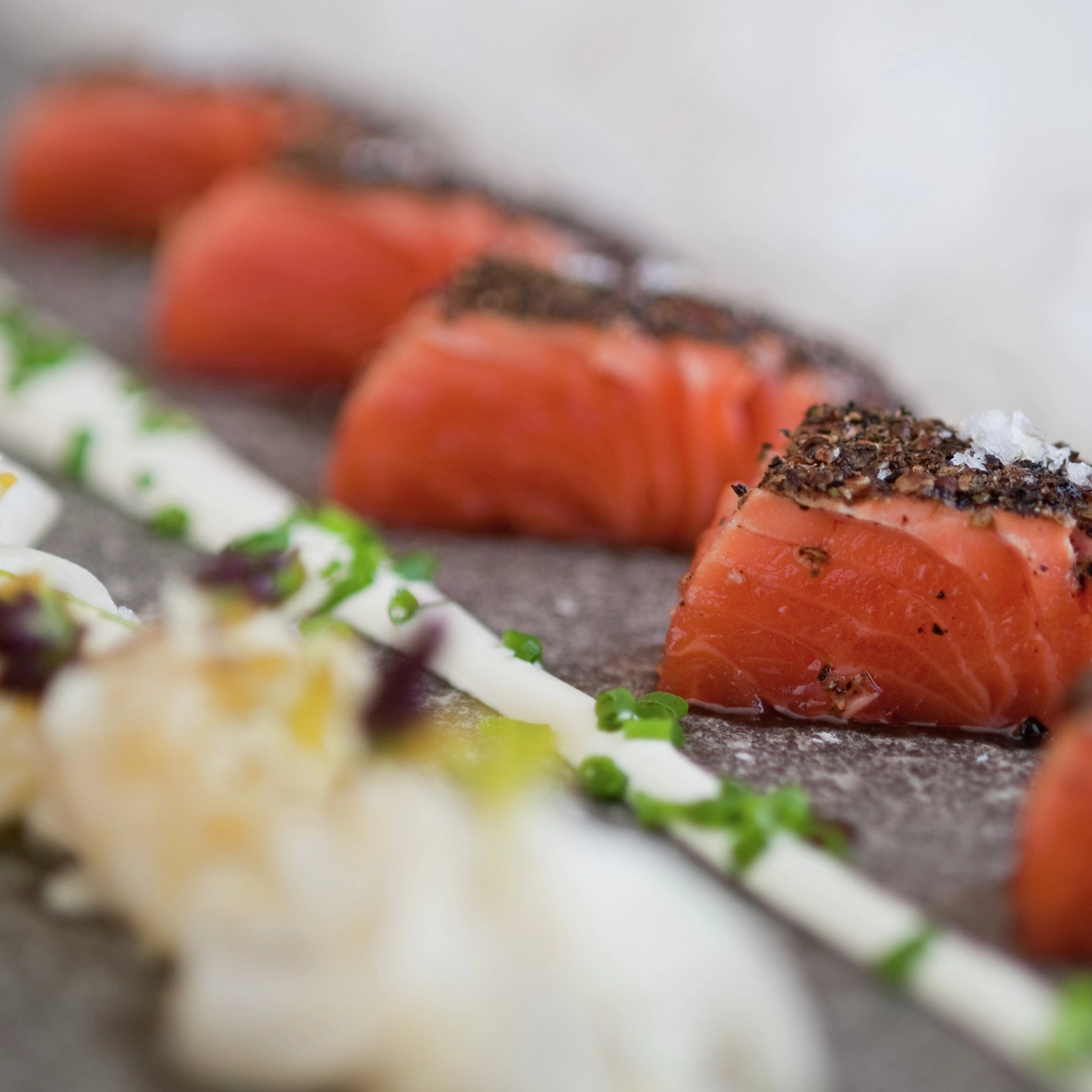
Sustainable eating trends
Norway is already publicly recognized by almost every foodie as being home to some of the tastiest cuisine options in the world, with some truly exquisite national recipes like lutefisk and pinnekjøtt originating in Nordic countries. But what you may not know is that Norway is also a leader in bio-farming and sustainable food production.
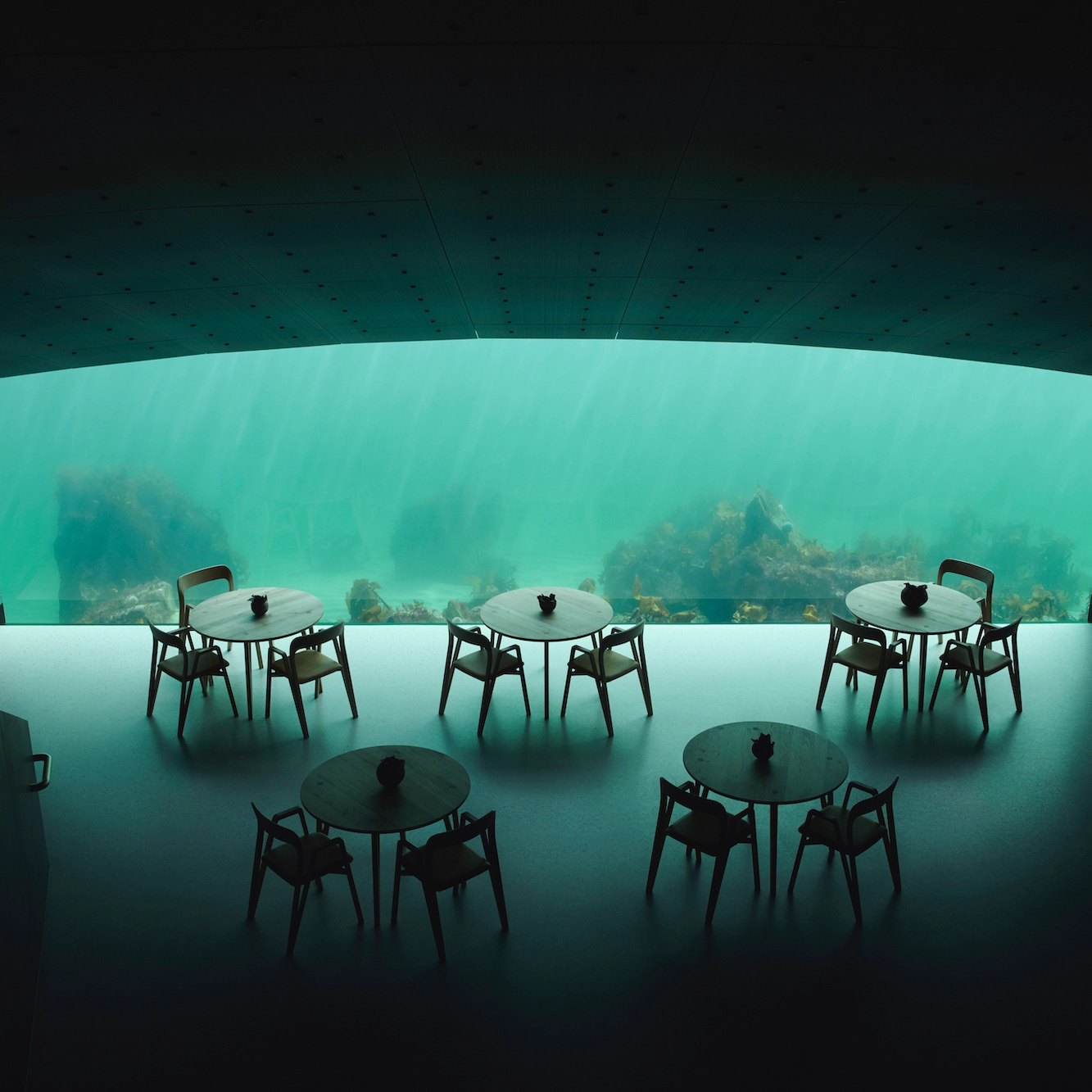
Here's what you'll experience at this record-setting underwater restaurant
There are a lot of fantastic things to experience on land in Norway, but there is a new exciting activity that takes you under the water. At the southern tip of Norway in Lindesnes, you can find the world's largest underwater restaurant.
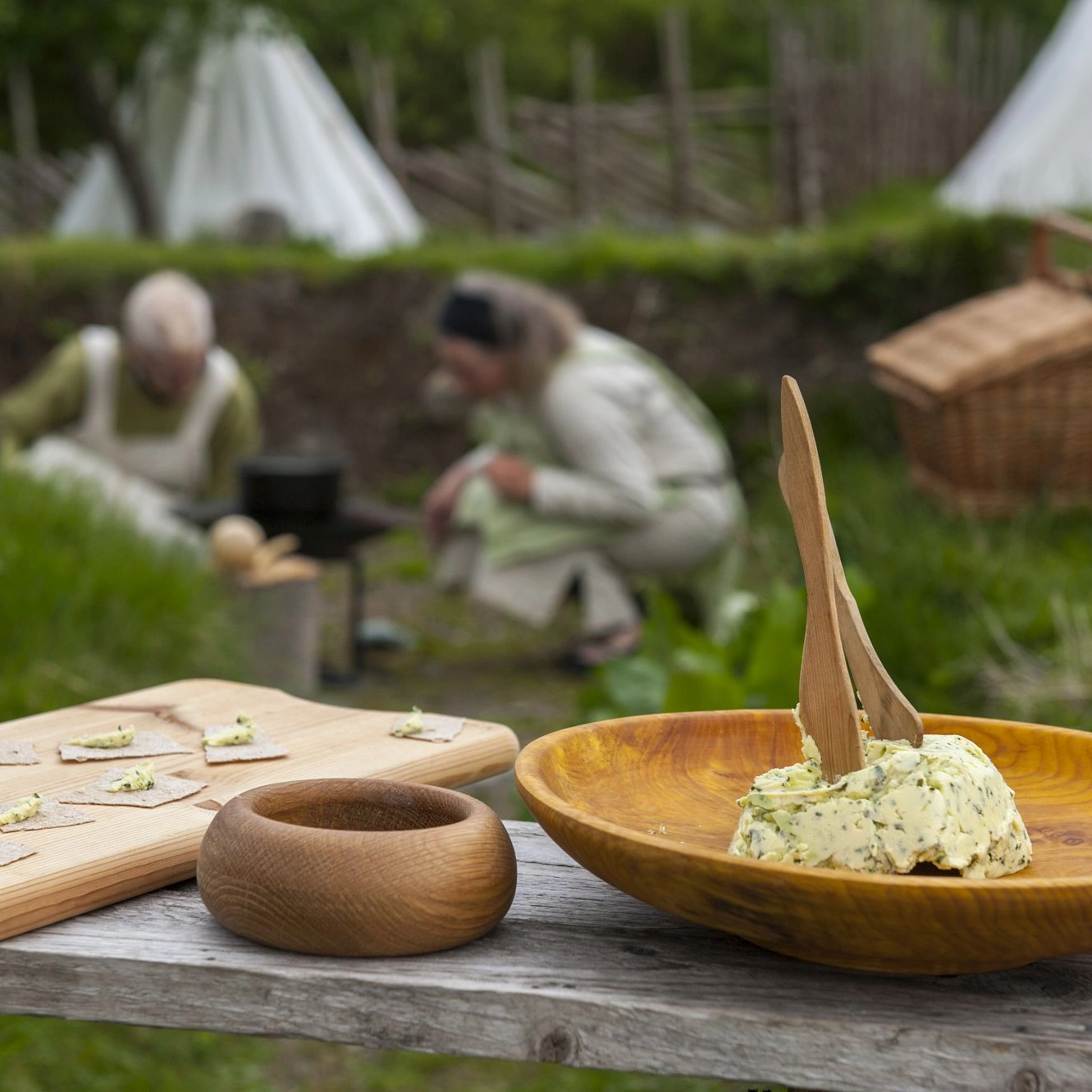
What did the average viking eat?
When your every-day activities include pillaging villages and exploring the impressive fjords in Norway, you are going to need a lot of energy to sustain yourself. This means eating some pretty astonishing meals in order to maintain proper health with such an active lifestyle.
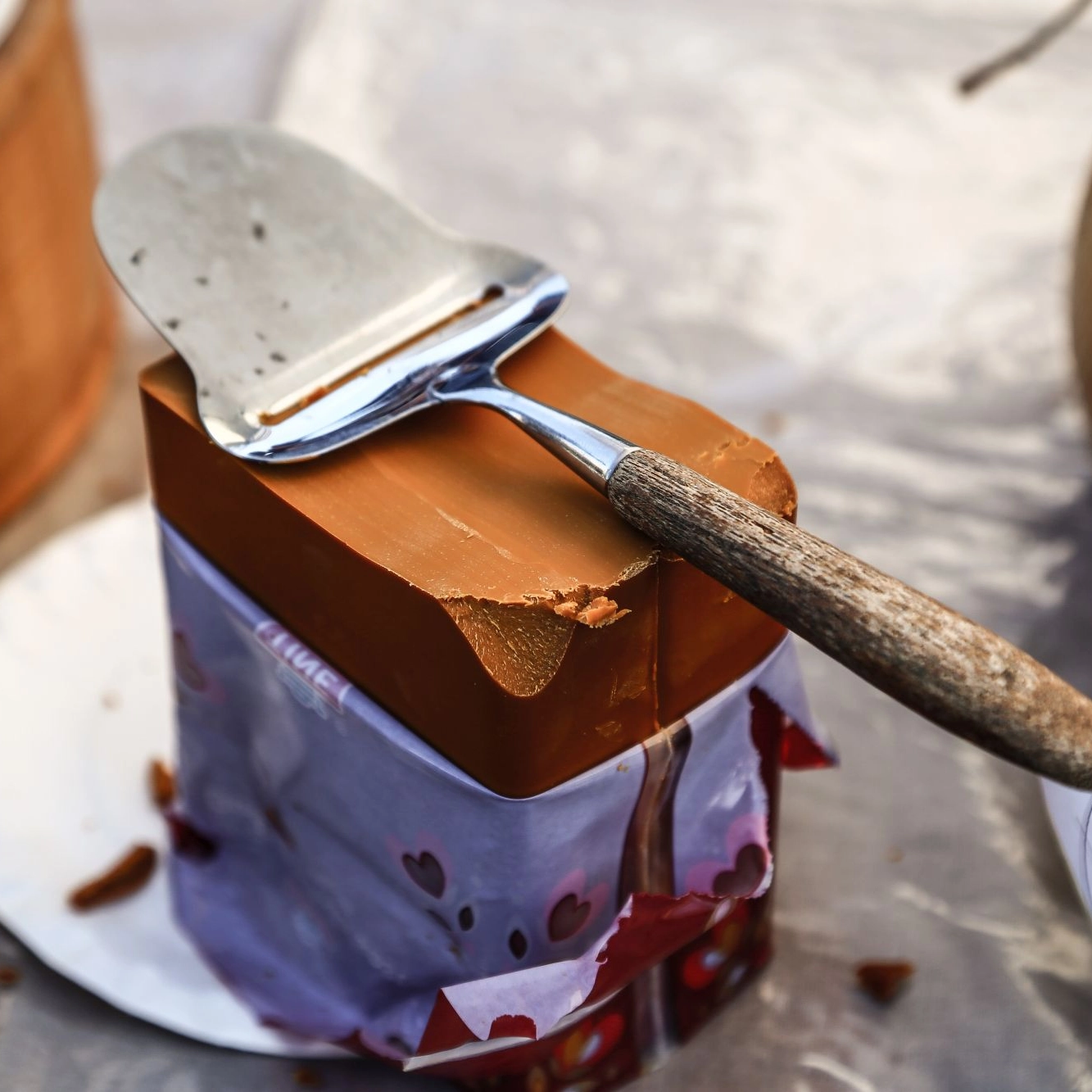
What do you eat with Brunost?
Every culture will have its own set of unique food items that either impress or disgust visitors when they try it upon visiting. Norway is no different and offers an assortment of delicious Norwegian food that is unlike anything that can be found anywhere else in the world. Some of the more common examples include lutefisk and pinnekjøtt.
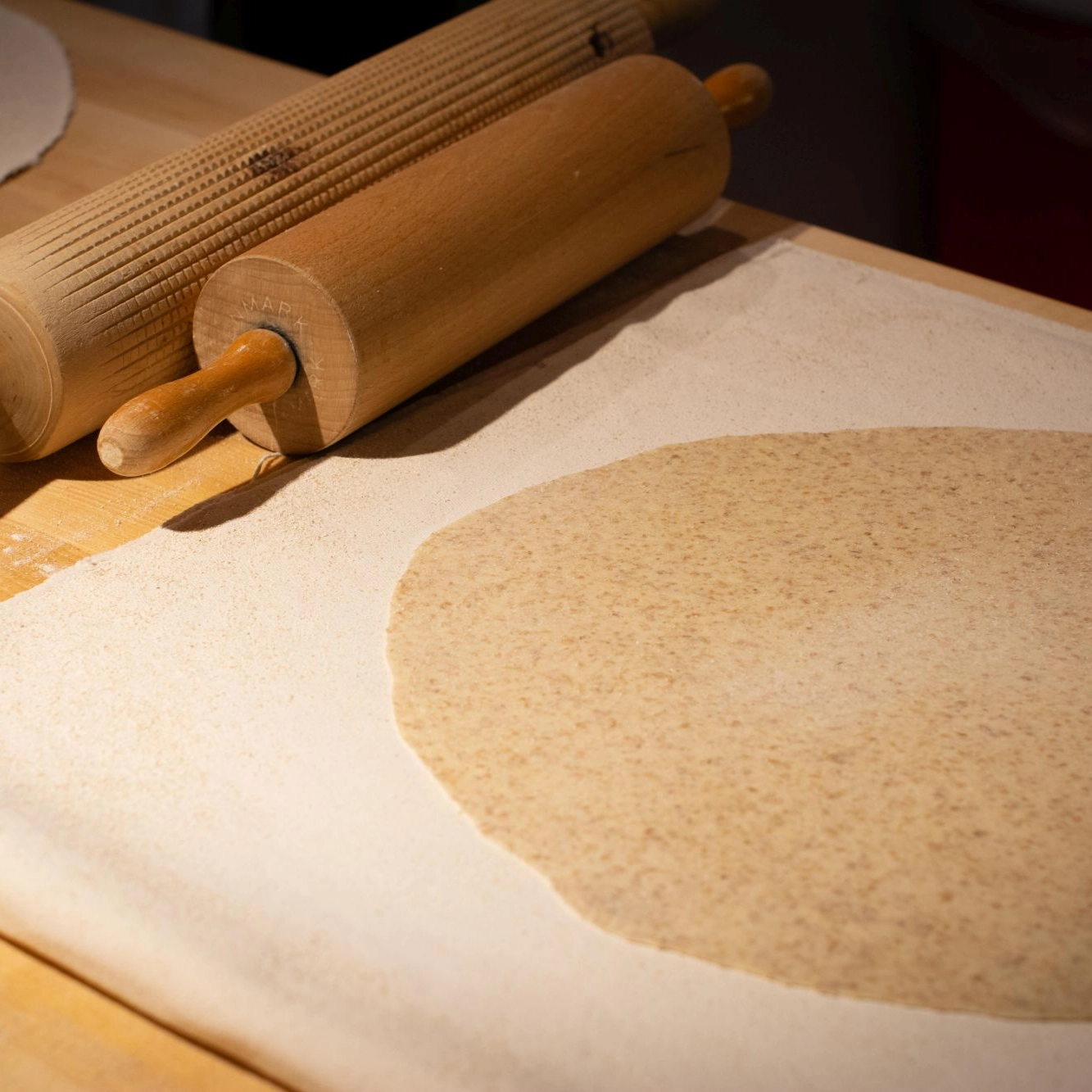
What is lefse?
Whether you’re planning to visit Norway or are just interested in Norwegian culture and tradition, you’ll want to find out more about lefse. Lefse has a long-standing history as a traditional food in Norway, and it remains about as popular today as it was a hundred years ago. Let’s take a closer look at what this tasty, simple food is all about!

Traditional Norwegian food
Norway has a lot of interesting traditional food, and any travelers visiting Norway would do well to sample some of the local cuisines. Culinary traditions in Norway have been dominated by meat, fish, and seafood that could be hunted or caught. These days the Norwegian food space represents an interesting mix of old and new due to culinary influences from all over the world.

Norwegian cider’s rise in popularity
Cider brewing is a Norwegian custom that dates all the way back to the 13th century. However, once the Vinmonopolet or the Wine Monopoly came into effect, the practice largely died down. Despite this, Norwegians continued to brew cider in their homes and cellars. And now the drink is experiencing a surge in popularity yet again. If you’re a cider lover planning a visit to Norway, here’s everything you need to know!

Top 3 Norwegian recipes to try
If you are a foodie or even just a lover of barbecue, then you will definitely want to make sure that you take a trip to Norway to experience the incredible local cuisine in places like Bergen and Røros. To give you a small taste of the kind of culinary experience you will get in Norway, here are three top Norwegian recipes that you can easily make at home.

Sustainable eating trends
Norway is already publicly recognized by almost every foodie as being home to some of the tastiest cuisine options in the world, with some truly exquisite national recipes like lutefisk and pinnekjøtt originating in Nordic countries. But what you may not know is that Norway is also a leader in bio-farming and sustainable food production.

Here's what you'll experience at this record-setting underwater restaurant
There are a lot of fantastic things to experience on land in Norway, but there is a new exciting activity that takes you under the water. At the southern tip of Norway in Lindesnes, you can find the world's largest underwater restaurant.

What did the average viking eat?
When your every-day activities include pillaging villages and exploring the impressive fjords in Norway, you are going to need a lot of energy to sustain yourself. This means eating some pretty astonishing meals in order to maintain proper health with such an active lifestyle.

What do you eat with Brunost?
Every culture will have its own set of unique food items that either impress or disgust visitors when they try it upon visiting. Norway is no different and offers an assortment of delicious Norwegian food that is unlike anything that can be found anywhere else in the world. Some of the more common examples include lutefisk and pinnekjøtt.

What is lefse?
Whether you’re planning to visit Norway or are just interested in Norwegian culture and tradition, you’ll want to find out more about lefse. Lefse has a long-standing history as a traditional food in Norway, and it remains about as popular today as it was a hundred years ago. Let’s take a closer look at what this tasty, simple food is all about!